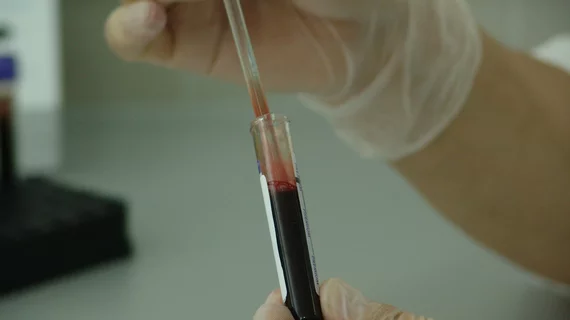High-sensitivity troponin allows faster diagnosis of heart attack
A hospital protocol incorporating high-sensitivity cardiac troponin T (hs-cTnT) enabled a quicker rule-out of heart attack than a conventional troponin test, according to a research letter published online Aug. 6 in Circulation.
The study included 536 patients who presented to the emergency room with heart attack symptoms. With a conventional troponin assay, myocardial infarction (MI) was ruled out in 80.4 percent of patients at three hours. With the hs-cTnT test, it was ruled out in 83.8 percent of patients—including 30 percent at baseline, 24.8 percent at one hour and then another 28.9 percent at three hours. The sensitivity and negative predictive value of the newer test was 100 percent, meaning no heart attacks were missed.
“We anticipate that this procedure will allow many patients with chest pain to be given a ‘yes’ or ‘no’ diagnosis of whether they are having a heart attack faster,” lead author Rebecca Vigen, MD, MSCS, with the University of Texas Southwestern Medical Center, said in a press release.
The authors noted their single-center study was limited by its small sample size and lack of external validation. They suggested future studies confirm their findings in a larger sample size and look at the resource utilization associated with the testing protocol.
“This early rule-out protocol appears safe, with a sensitivity and negative predictive value of 100%,” Vigen et al. wrote. “The positive predictive value of an abnormal hs-cTnT value (13 percent) was notably lower in this population than in prior studies, reflecting similar specificity applied to a population with much lower MI prevalence. Thus, clinical judgment remains essential in the interpretation of abnormal troponin values as the hs-cTnT assay becomes adopted in the United States, where troponin is measured more indiscriminately than in many other countries.”

